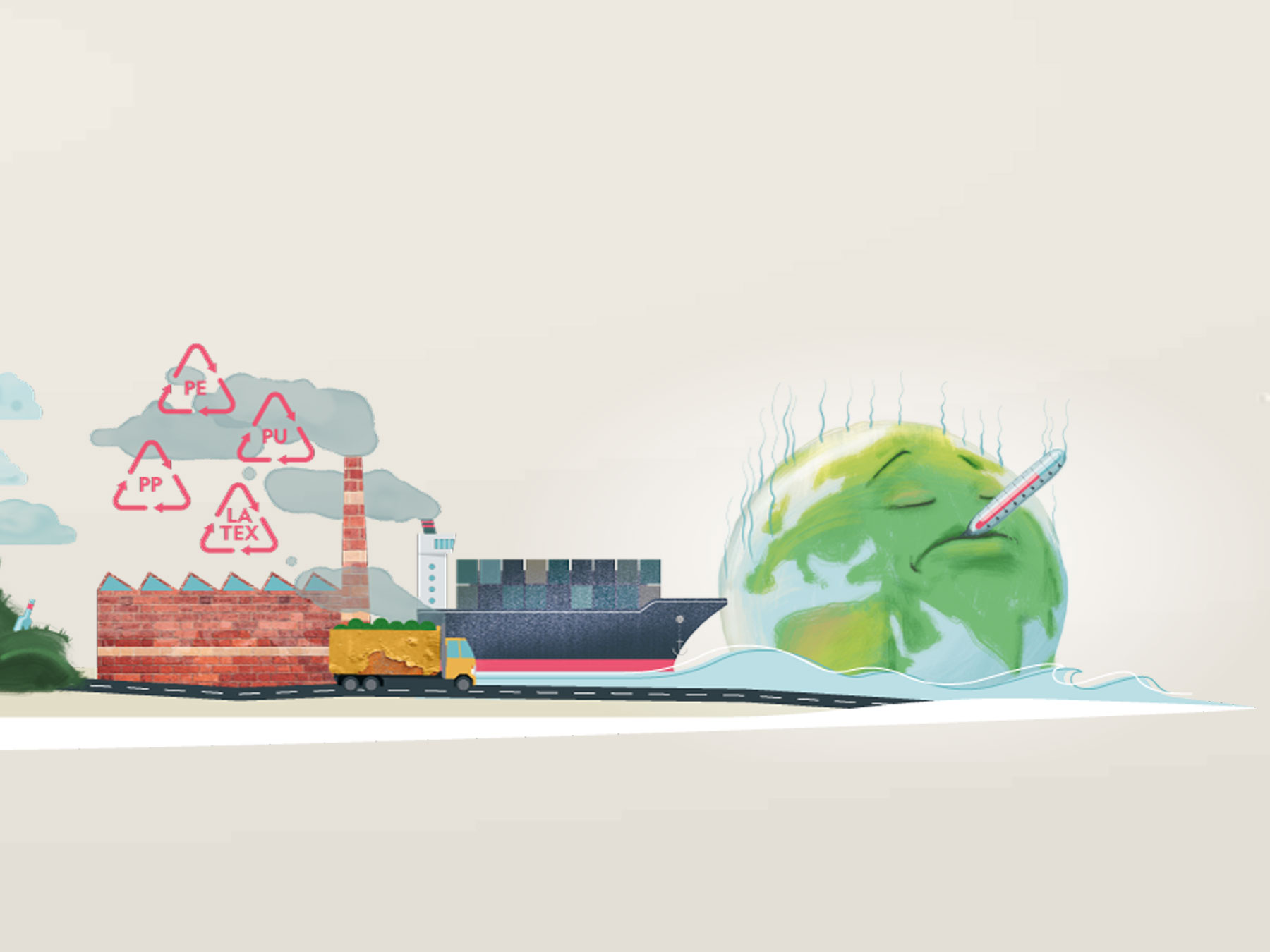An Environmental Cost Indicator (ECI) is a measure used to express the environmental impact of a product, process or service in a single number, called the environmental cost. This indicator uses life cycle assessment (LCA) to calculate the environmental impact from raw material extraction, production, use, through to waste disposal. The results are then converted into environmental costs in euros.
Who uses an ECI?
Companies and Manufacturers:
- Purpose: To optimise product designs and production processes.
- How: By understanding the environmental costs of their products, companies can make targeted improvements to reduce environmental impact. This can help them develop more sustainable products and strengthen their competitive position.
Purchasers and Supply Chain Managers:
- Aim: To make responsible purchasing decisions.
- How: Purchasers can compare products and materials based on their EQI, enabling them to make more sustainable choices and contribute to their organisation’s sustainability goals.
Governments and Policymakers:
- Purpose: Develop environmental policies and regulations.
- How: Governments can use ECI to establish subsidies, tax breaks and environmental regulations that promote sustainable products and production processes.
Consumers:
- Goal: Make conscious purchasing decisions.
- How: By knowing the ECI of products, consumers can choose products that are less harmful to the environment, reducing their carbon footprint.
Environmental organisations and NGOs:
- Goal: Create awareness and influence policy.
- How: These organisations can use the ECI to evaluate and publicly report the environmental impact of products and services, which helps influence consumer behaviour and policy-making.
How can you use an ECI?
- Understanding Sustainability: The ECI allows you to see at a glance how environmentally friendly a product is. This helps companies and consumers make conscious choices that are less harmful to the environment.
- Comparing Products: ECI allows you to compare different products or product variants based on their environmental impact. This is crucial when choosing materials for artificial turf, for example, where the environmental impact can vary depending on the production process and materials used.
- Optimising Product Designs: Companies can use the EQI to optimise their product designs. By understanding which parts of the production process have the most environmental impact, they can make targeted improvements to reduce overall ECI.
- Support purchasing decisions: Purchasers can use the ECI to make sustainable choices when procuring materials and products. This helps organisations achieve their sustainability goals and make a positive contribution to the environment.
- Accountability and Transparency: Communicating a product’s ECI can help companies be more transparent about their environmental performance. This can be important for customers who value sustainability and for investors who pay attention to environmental criteria.
- Policy-making and Regulation: Governments can use ECI when drawing up environmental regulations and subsidies. For example, products with a low ECI may be eligible for tax breaks or subsidies, encouraging companies to make their production processes more sustainable.
For ONE-DNA™ artificial grass, both a Life Cycle Assessment (LCA) and an Environmental Product Declaration (EPD) have been completed. This detailed ECI provides full transparency on the product’s environmental impact. This highlights the commitment to sustainability and helps customers make informed, environmentally friendly choices.
In summary, the ECI is a valuable tool to evaluate and reduce the environmental impact of synthetic turf and other products, and contributes to a more sustainable world. It provides insight, comparability, encourages innovation, supports regulation and can save costs in the long run. The completed LCA and EPD for ONE-DNA™ artificial turf are an important step in providing transparency and promoting environmentally conscious choices in the landscaping and play market.

































